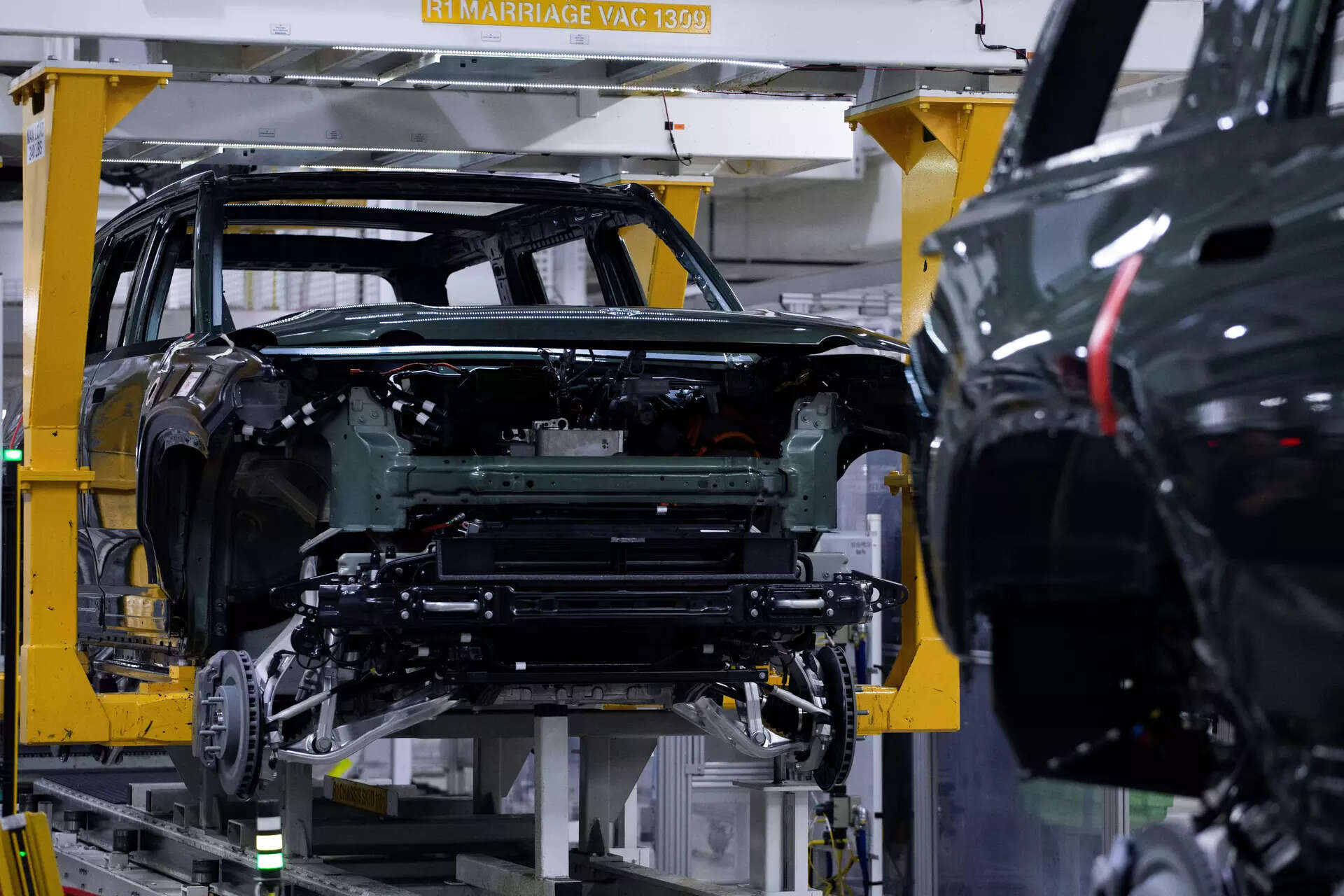
FAST (Foundation for Advancing Science and Technology) India, in collaboration with IIFL Securities, has released a detailed sectoral brief on the Automobile and Components sector. The report provides a comprehensive analysis of R&D trends and innovation outputs among Indian automobile and component firms, comparing them with global counterparts. It highlights key disparities in R&D intensity, the proportion of PhD employees, patent outputs, and publication rates, offering valuable insights for policymakers and industry stakeholders.
The report compares the performance of Indian automobile and component firms in diverse R&D and innovation domains. It also categorizes Indian firms into high-revenue and low-revenue clusters to provide a nuanced analysis. Ferrari N.V. leads with the highest R&D intensity at 15.2%, far surpassing all other firms. Global automotive firms, on average, exhibit three times higher R&D intensity compared to Indian firms. Among Indian firms, Mahindra and Mahindra boasts the highest R&D intensity at 5.7%, nearly double that of the second-highest, Bosch, at 2.9%.
“Global firms outperformed Indian firms in the proportion of PhD employees by a factor of 3x,” the report states.
TVS Motors ranks third among all firms, global and Indian, in the proportion of PhD employees. However, many low-revenue Indian firms have negligible or zero PhD-qualified employees, marking a significant area for improvement.
In the realm of publications, global firms are ahead, producing twice as many publications per USD billion revenue compared to Indian firms. Ferrari N.V. retains its top position by publishing more than nine times the number of publications of the second-ranked firm, Bosch. Despite this, Indian firms like TVS Motor and MRF also rank highly, holding fourth and fifth positions, respectively, for publications per revenue.
“Indian low-revenue cluster firms – Bosch and TVS Motor perform well for this parameter,” the report points out.
When it comes to patent output, Indian firms lag significantly, with global firms producing 30 times the number of patents per billion USD revenue as compared to their Indian counterparts. Within India, TVS Motors, which falls in the low-revenue cluster, stands out by having the highest patent count. It leads Indian firms in patents per USD billion revenue and ranks second among all firms, global and Indian, for this parameter.
“The Indian automobile sector is poised for continued growth, driven by significant achievements in R&D and innovation. However, to maintain and enhance its global position, the industry must address the gaps in patents and publications per revenue,” the report concludes.
By nurturing a culture of innovation and investing in intellectual property, Indian automobile firms can secure a competitive advantage in the global market.

